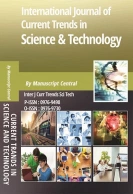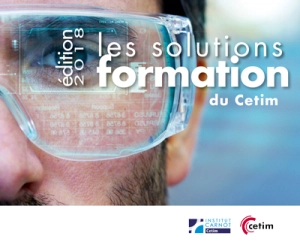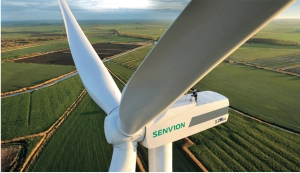 Here is an interesting dissertation found on Web.
Here is an interesting dissertation found on Web.
Computational modeling of composite laminates for assessing stiffness and strength is a subject of contemporary interest to airframe manufacturers, such as the Boeing company. Progressive damage and failure analysis of composite laminates is complex and developing a robust computational model is the subject of this dissertation. The finite element (FE) method and computational studies using FE are mainstays in
structural analysis and design. Virtual testing is a subject where the requirements of carrying out several laboratory tests can be partially replaced through validated computational models so that the number of laboratory tests and hence costs associated with the tests, can be reduced without sacrificing accuracy.




